Debre Libanos
Arriving from Afar, the arid land of sere yellow color, I was struck by the lush greeneries from the wheat and teff fields in the Ethiopian highlands.
The Blue Nile River Valley
Cutting through the breathtaking canyon is the Blue Nile, and lurking in the river valley there're charming miniature houses, enveloped by fertile yellow and green hues.
A Journey to Oromia
Following a torturous journey through Danakil, I spent my last day in Ethiopia on a day trip to Debre Libanos, situated just north of Addis Ababa in the Oromia region.
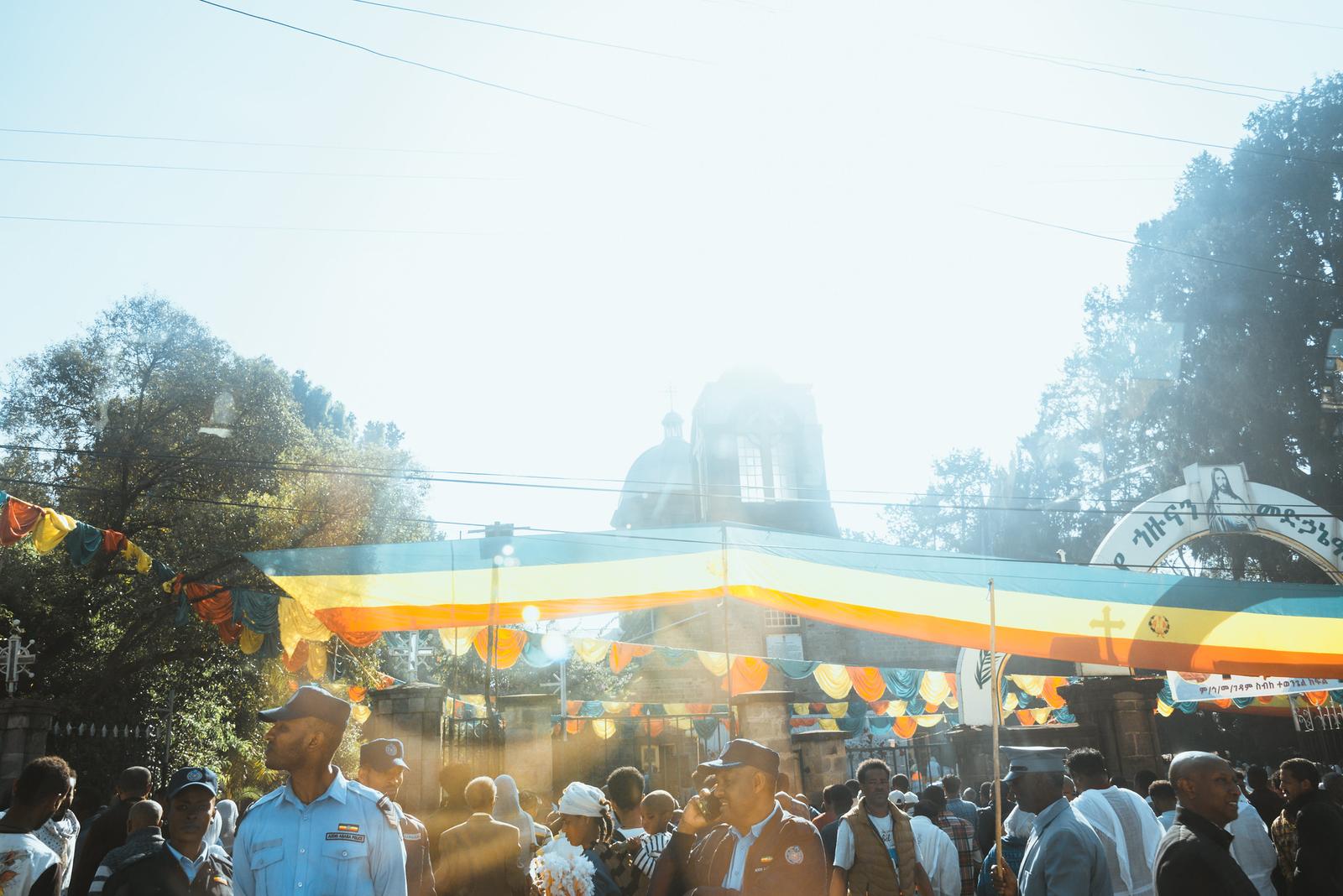
That morning a church ceremony filled the streets with a sea of white color from the netela head scarves, which was such a rare sight.
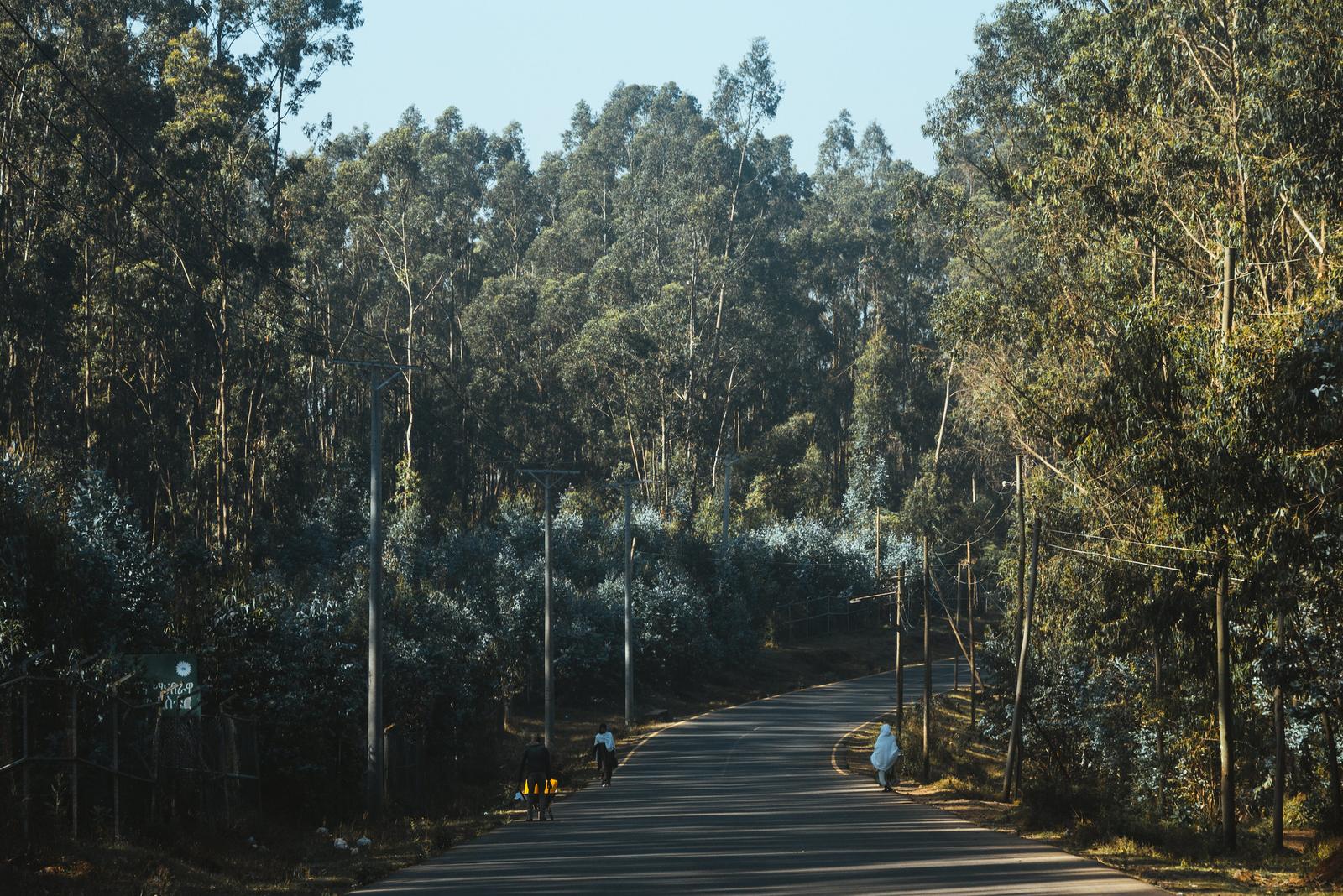
Not until our car reached the base of Mount Entoto that the traffic began to thin out. The pass wound through the mountain range with its scenery seeming not too different from Da Lat.
The Charm of the Highlands
After passing over Mount Entoto, the national highway traversed the expansive highlands, characteristic of Ethiopia’s terrain. There exists soft curves of the hills and the twists, the carefree grazing herds of cows, while being painted with layers of lush green from the wheat and teff fields.
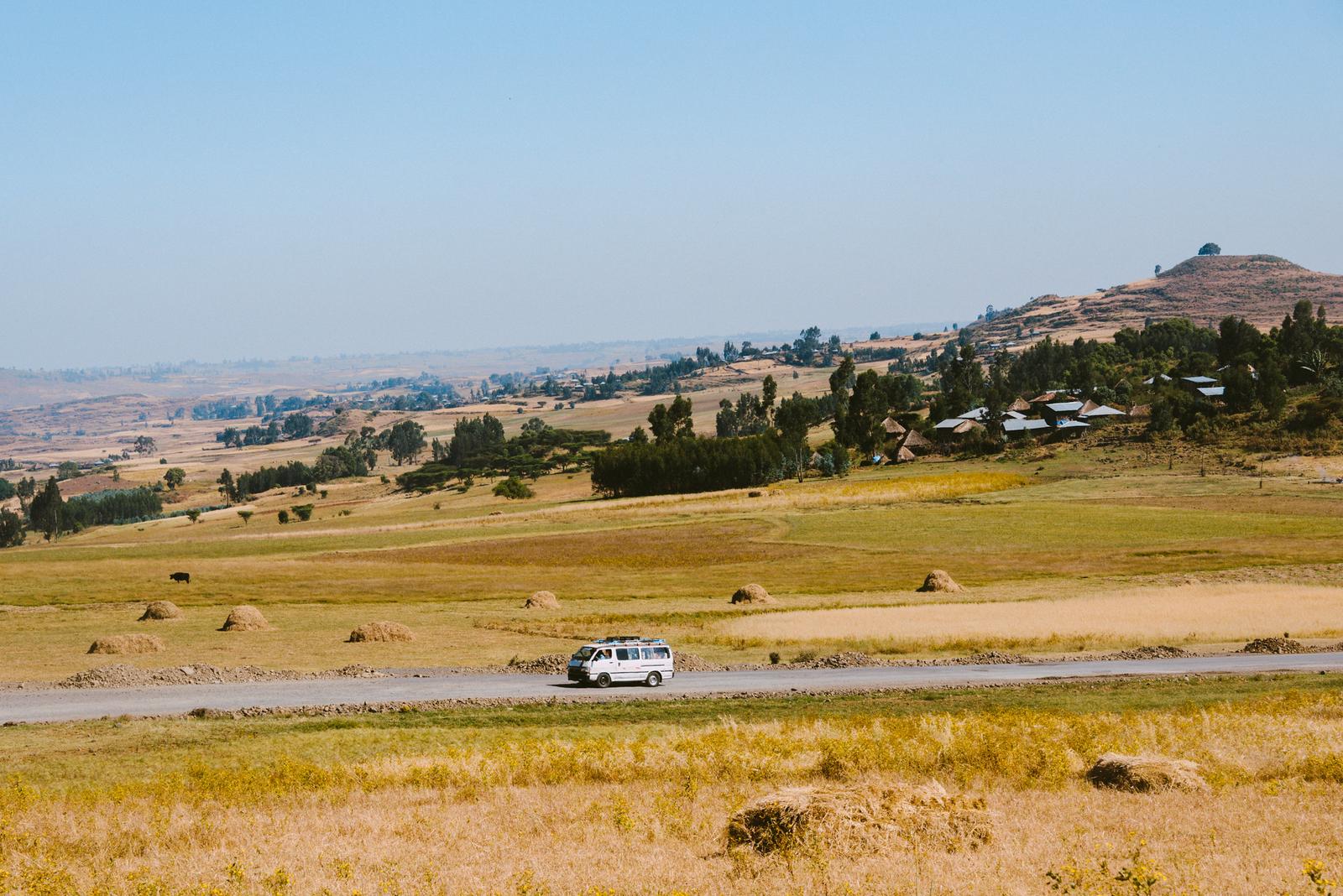
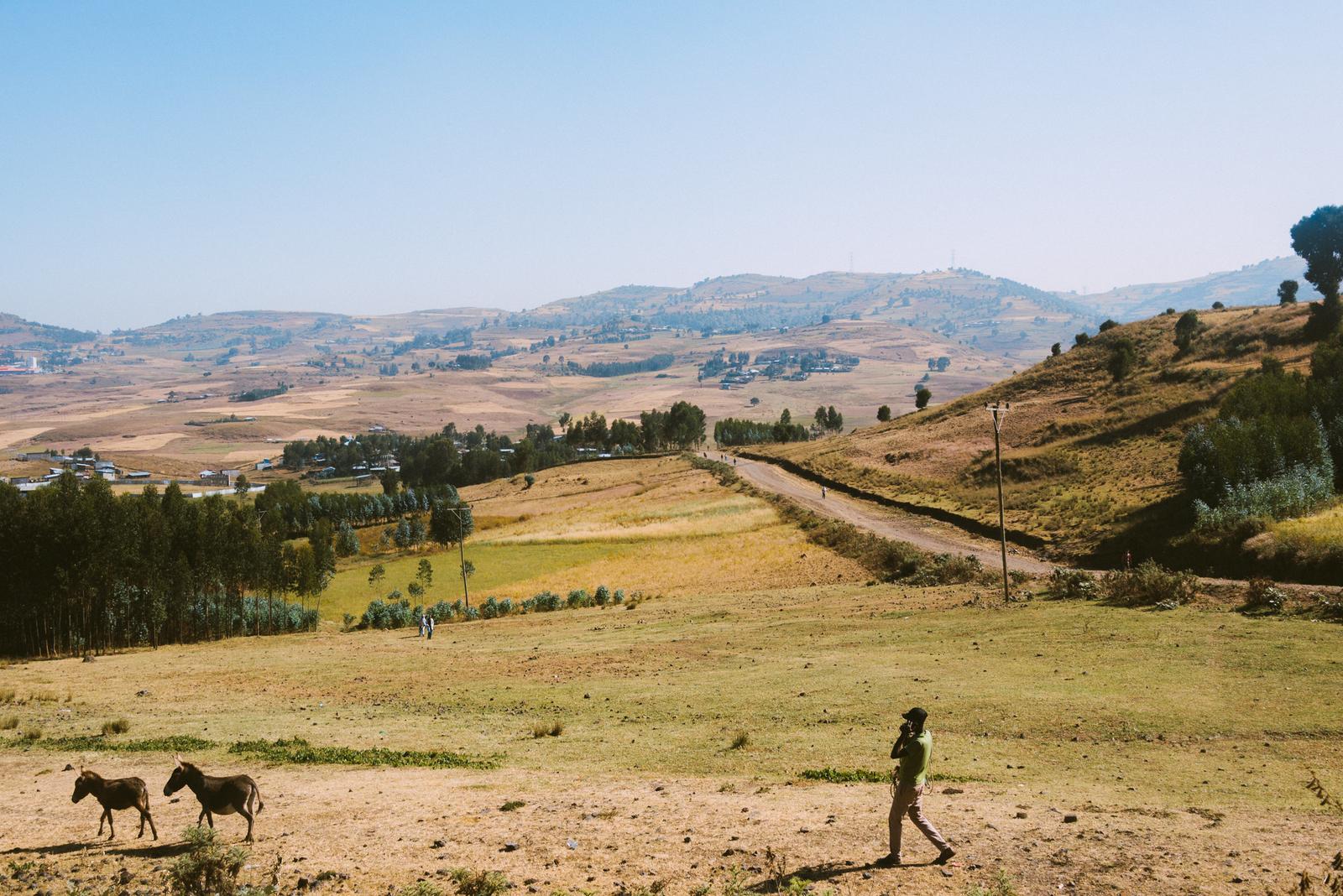
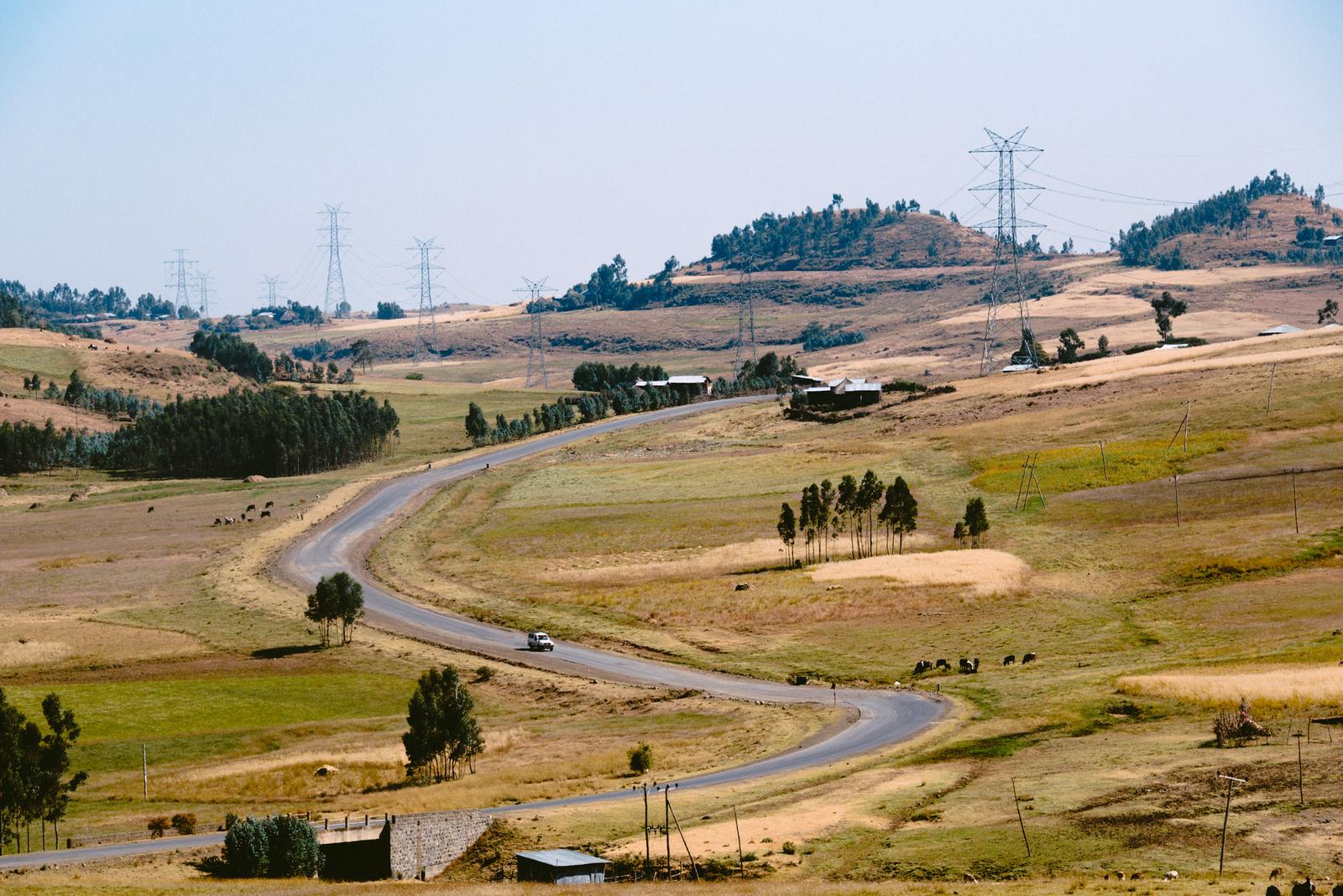
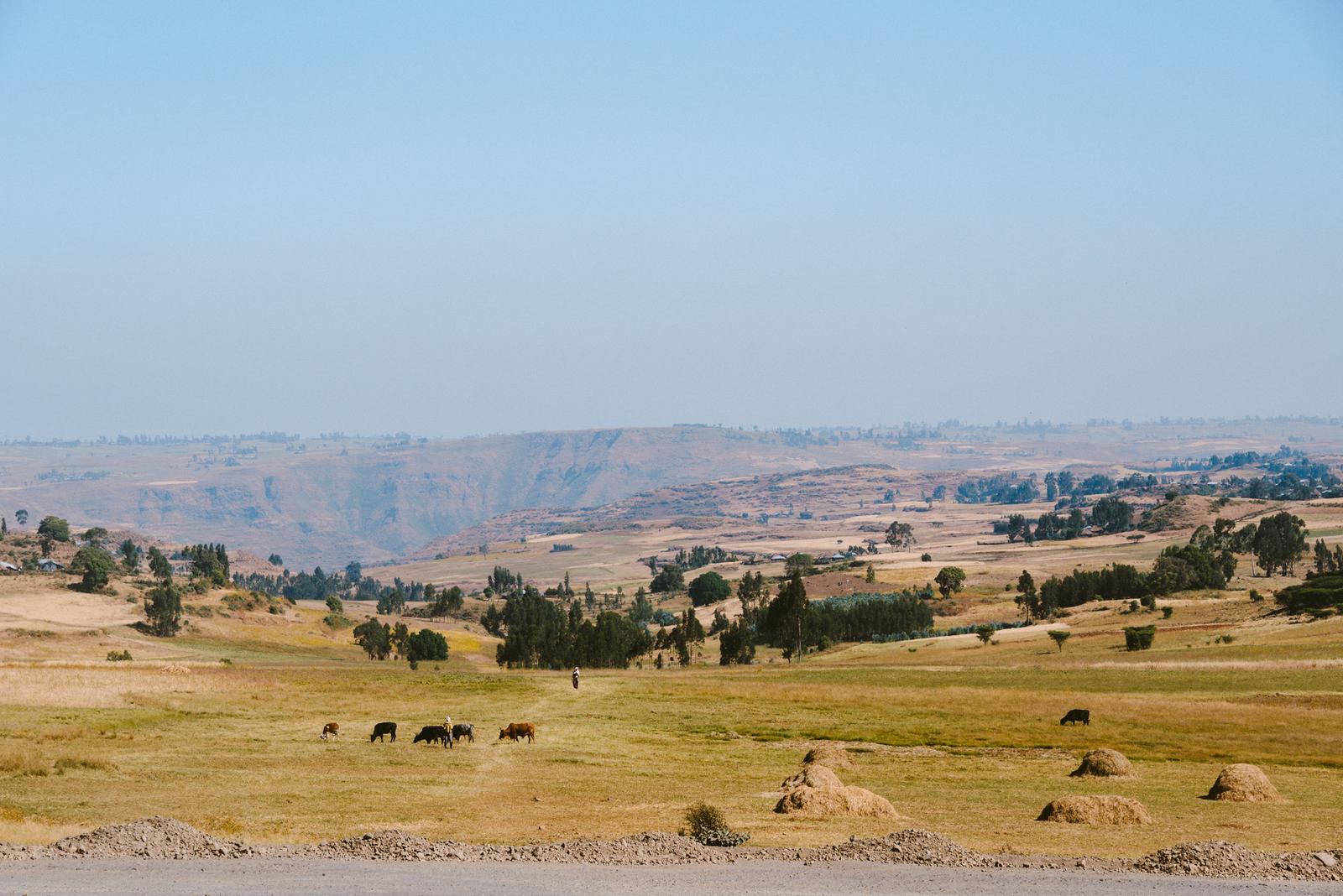

Whenever passing by a town, along the road were columns of people and horses strolling to somewhere I might be unsure of.
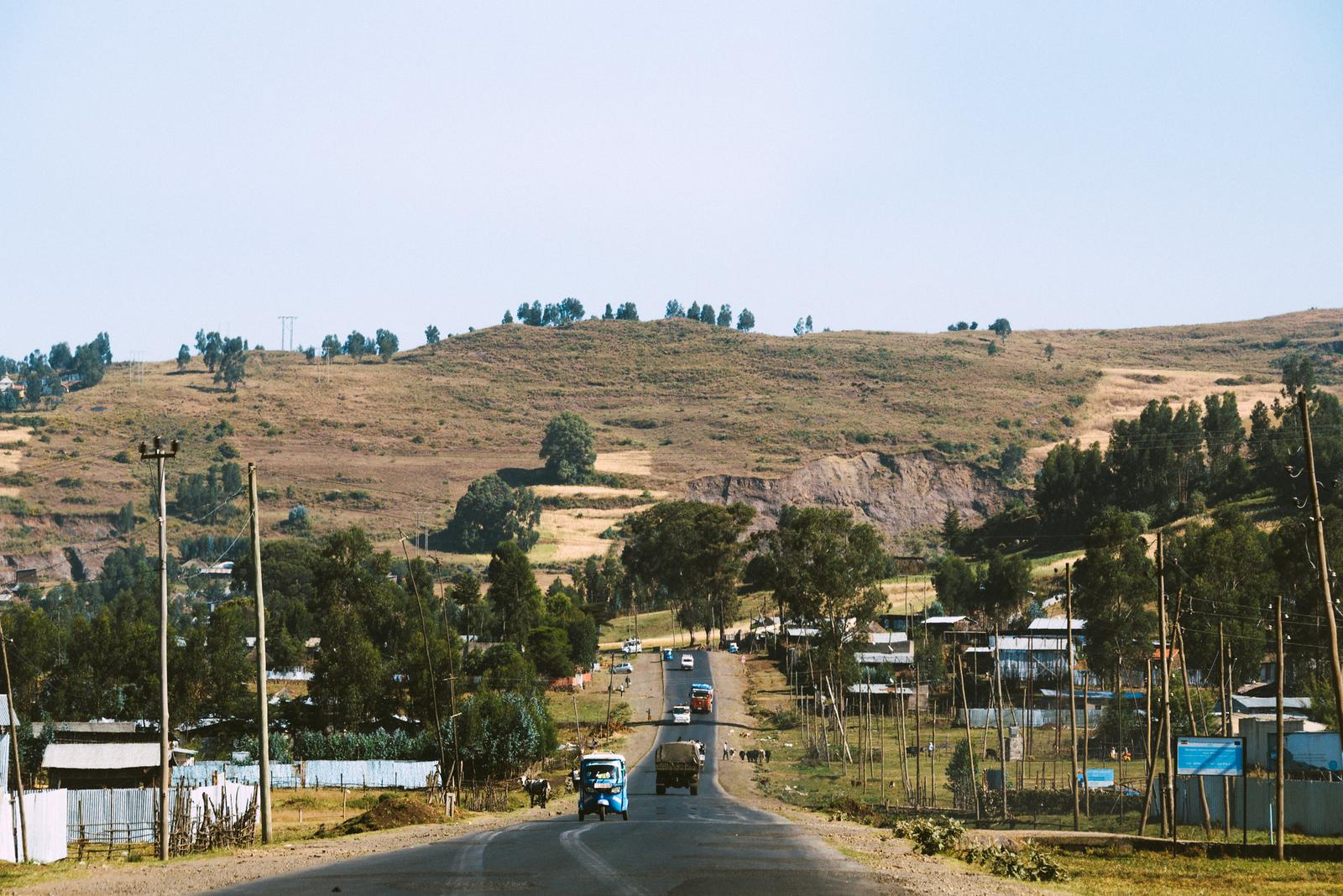

I rolled down the car window to enjoy the pure and cool highland winds against my face. The scenery appeared like a Windows XP wallpaper.
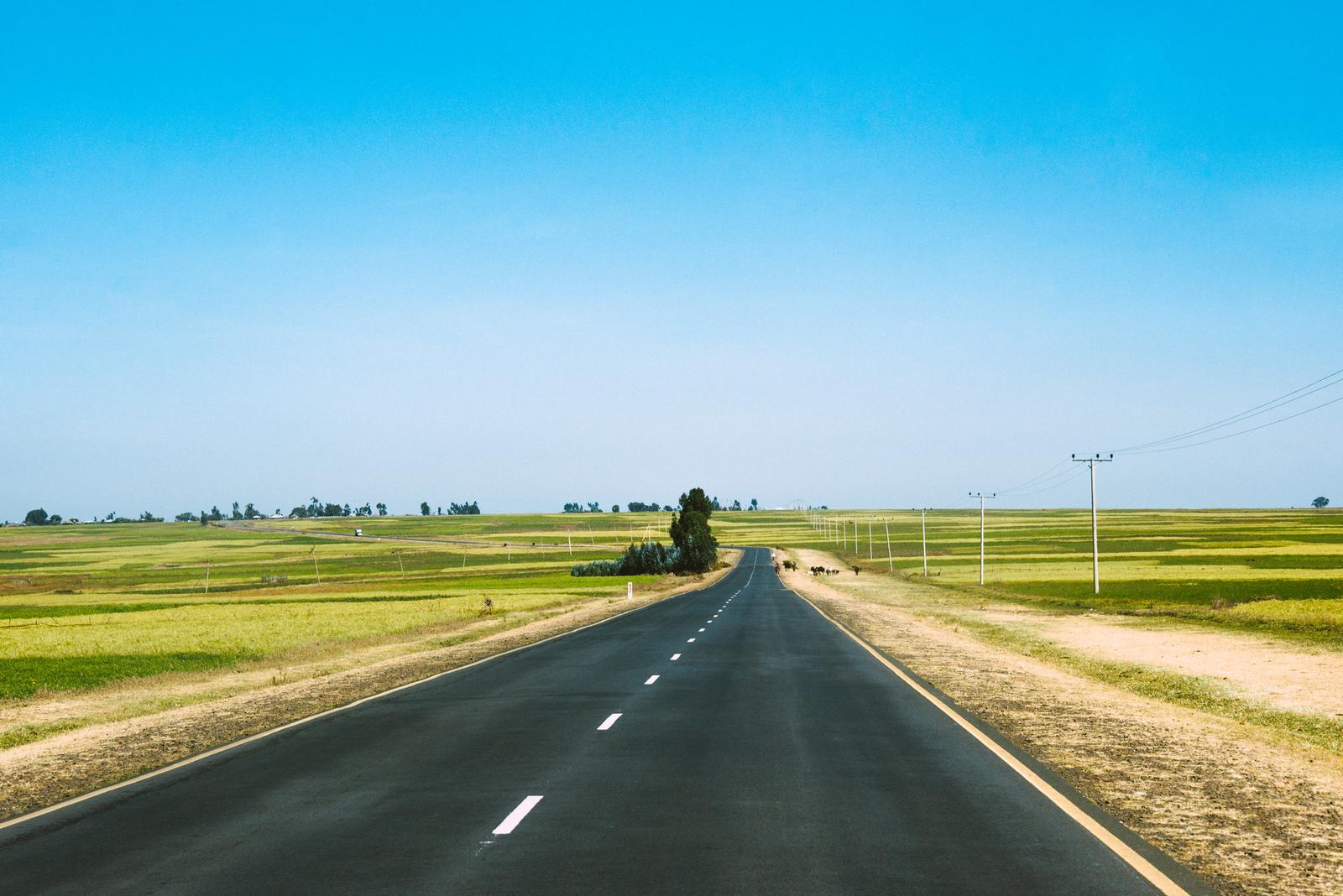

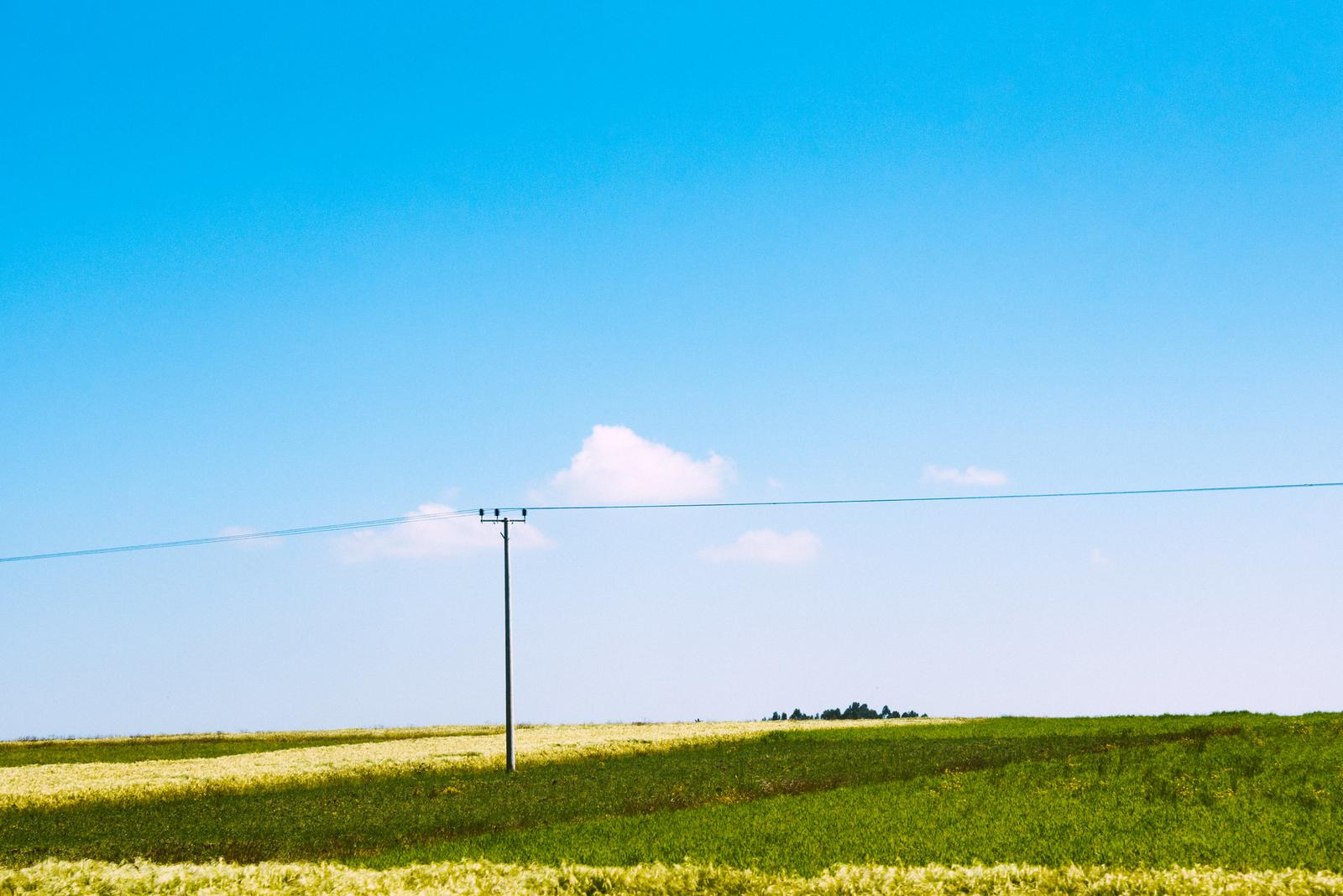
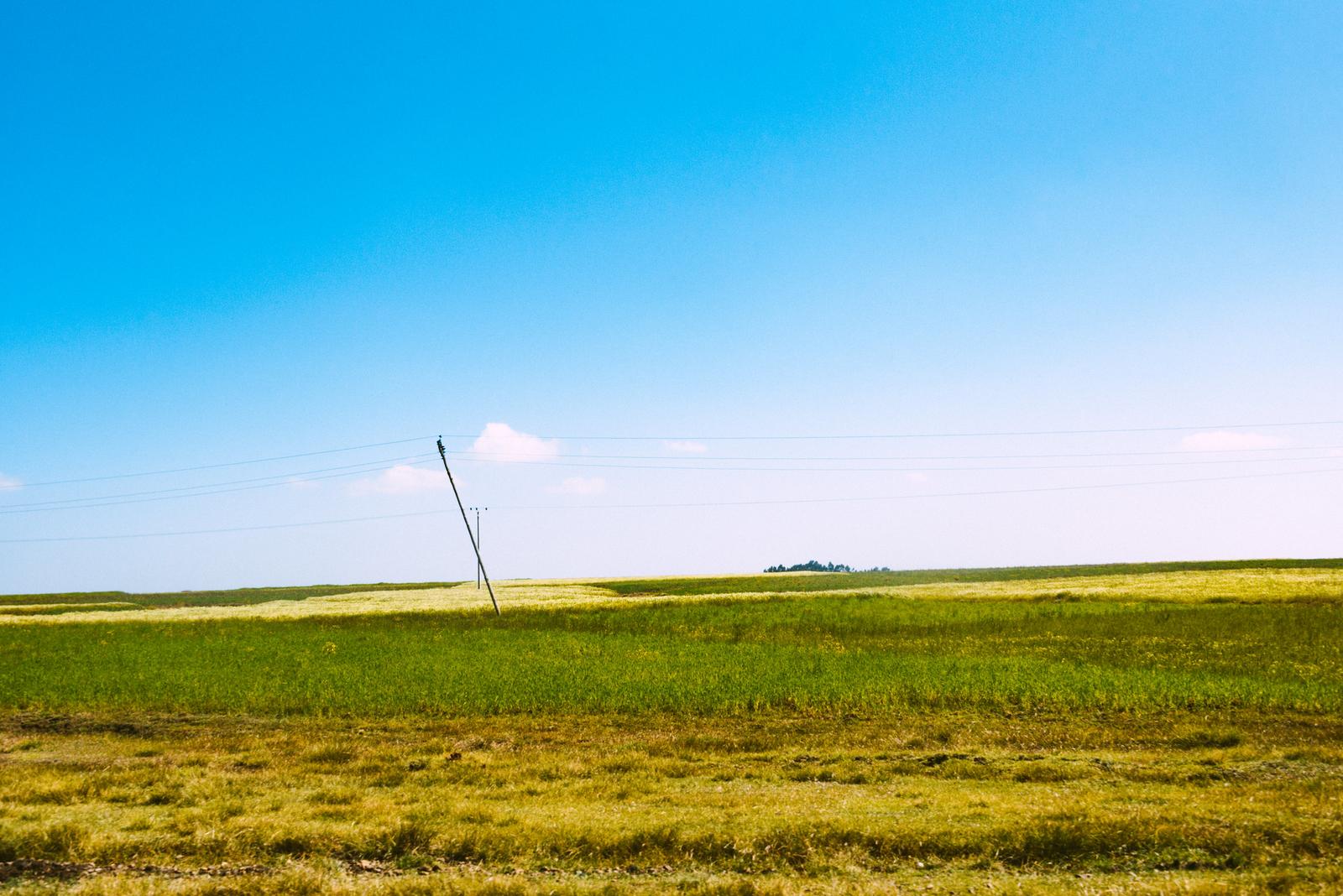
Our car slowly climbed the hill to Debre Libanos, from the roadside we had an overview of the upper reach of the Blue Nile (Abbay River) in the distance cutting through the highlands, which is the natural border between Oromia and Amhara regions.
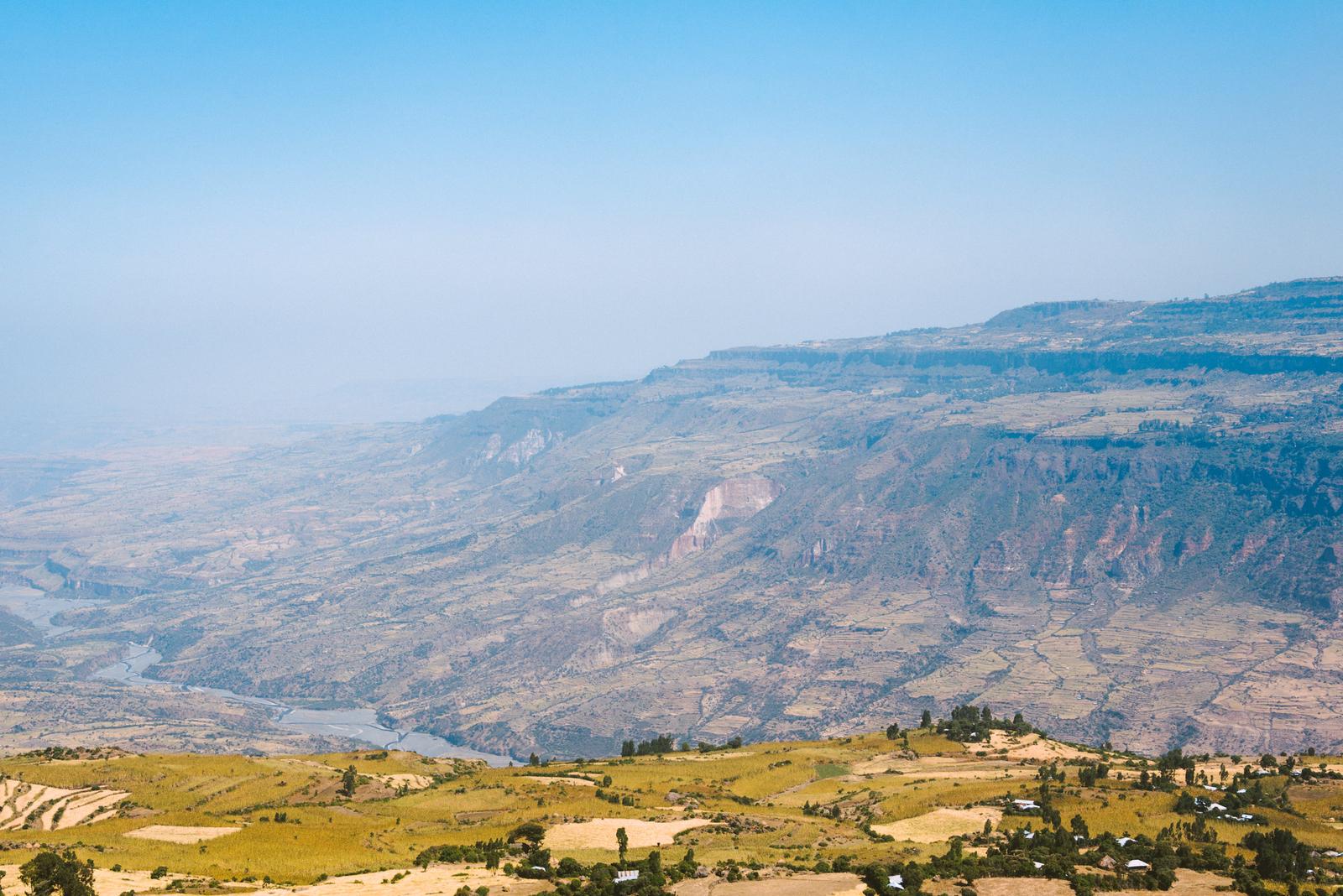
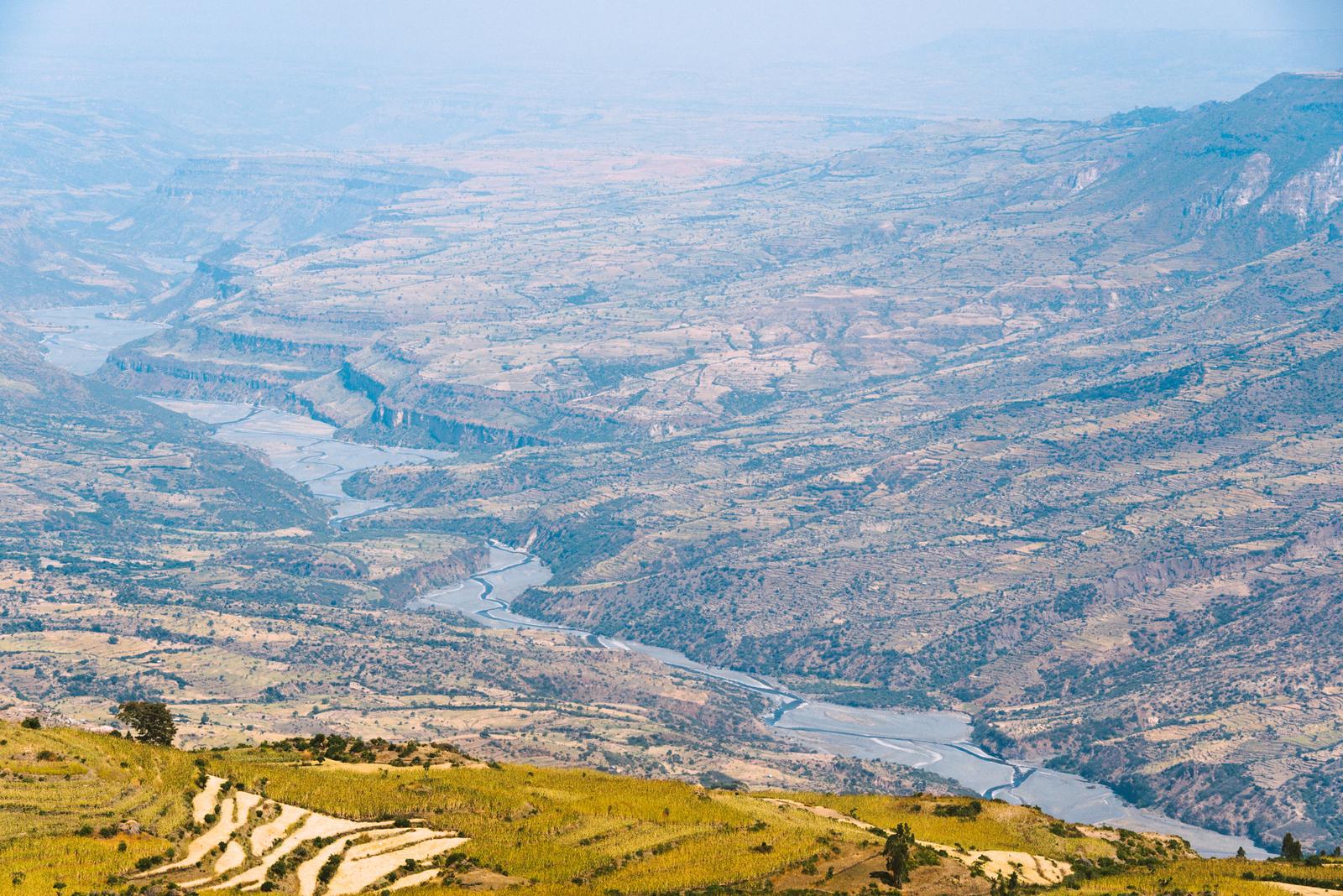
Since at that time it’s the dry season, the river flowed serenely; however, during the rainy season, it’s the main water supply for the Nile River and the lifeline for settlers in arid North Africa.
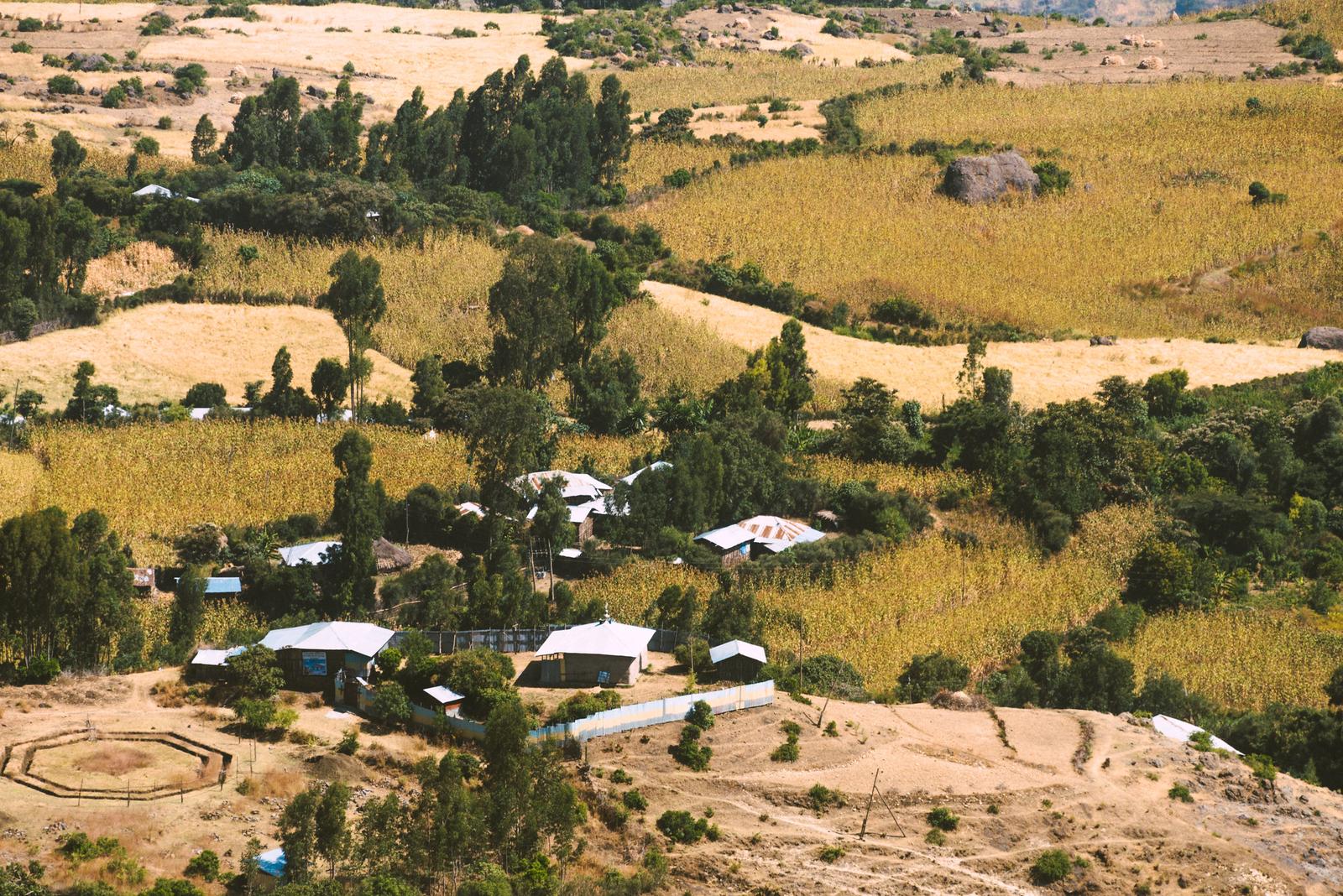

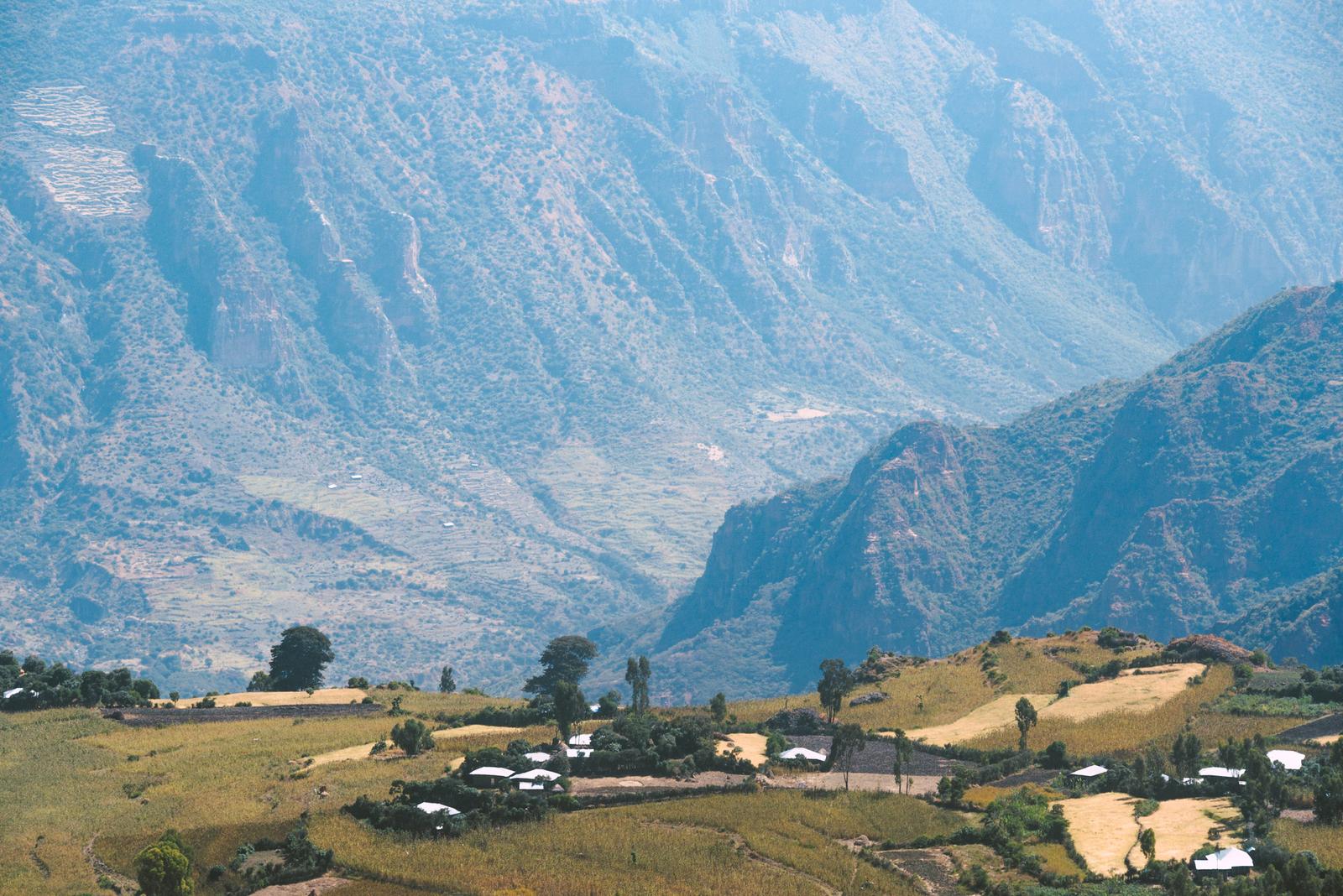

Debre Libanos Monastery

The spotlight of this trip was Debre Libanos Monastery (ደብረ ሊባኖስ). The monastery was established in 1284 but after hundreds of years of events and turmoils, no remnant has survived; the architecture was completely rebuilt in 1961 during the reign of Emperor Haile Selassie.
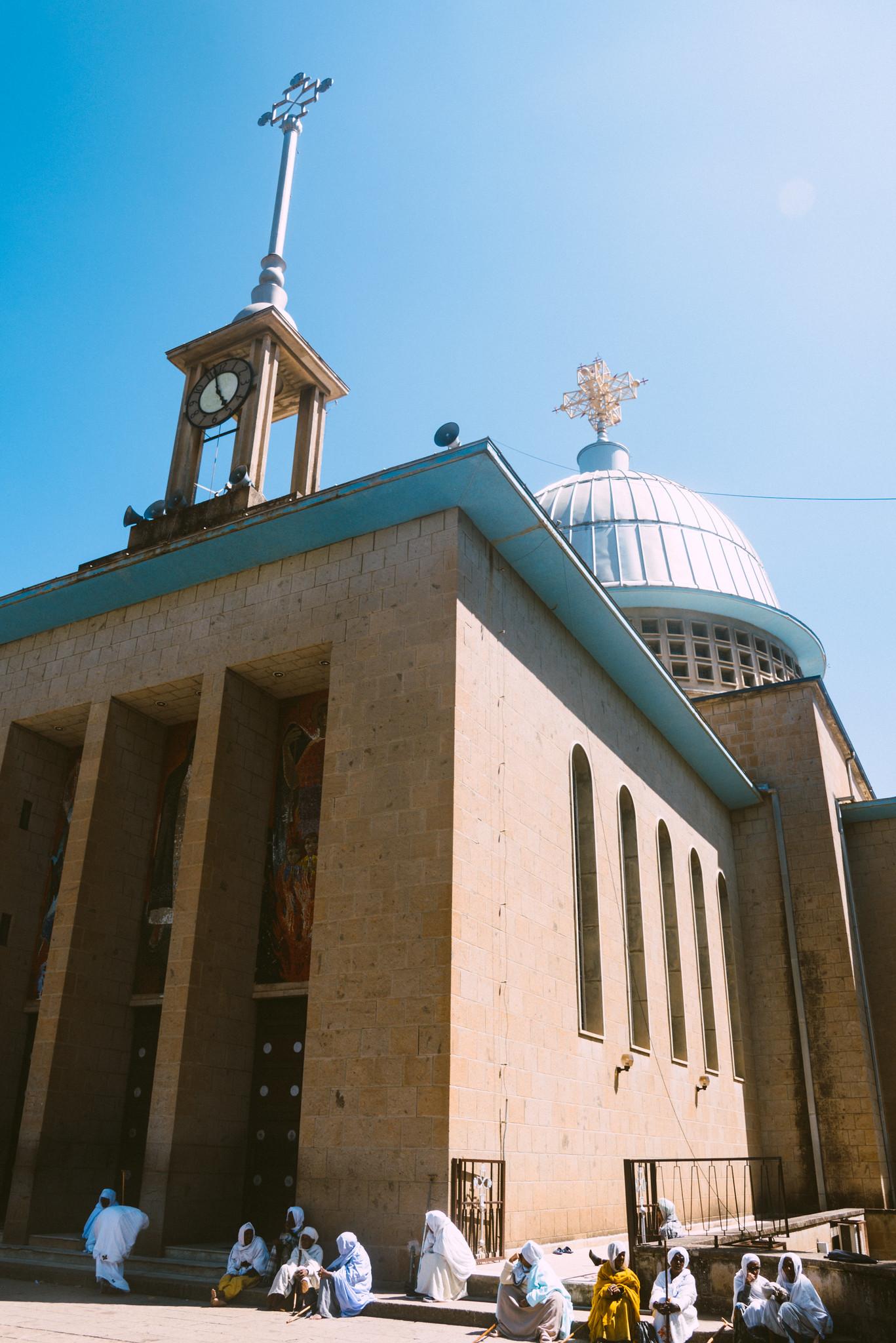
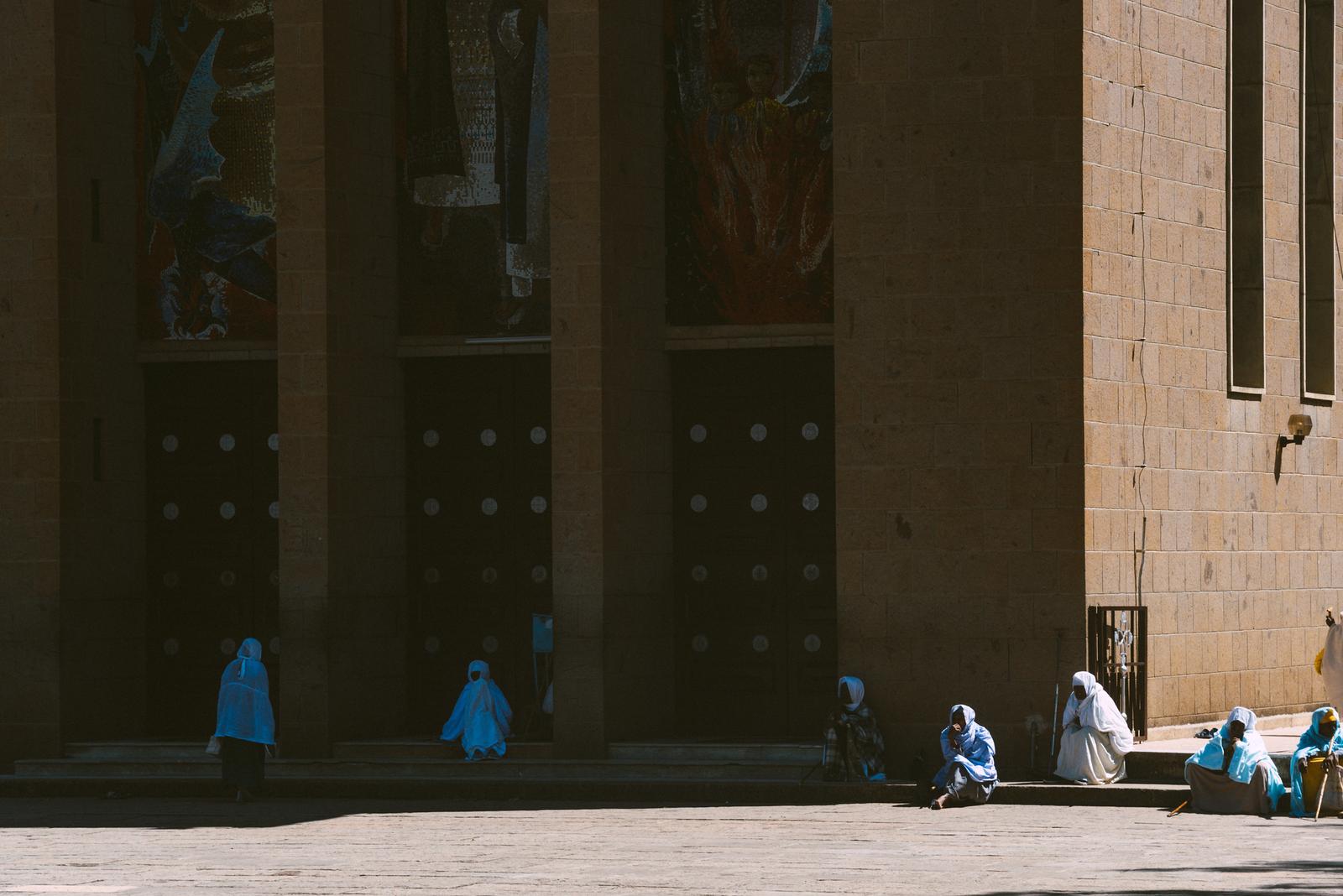

Here I was led by a clergyman-cum-guide through the rooms of the monastery and a small museum. Inside the sanctuary there’s little light penetrating the colorful stained glass, and the air carried a distinct aroma commonly found in Ethiopian churches. The clergyman endlessly recounted the monastery’s history as well as its turmoils and the massacre, like an interpreter device.
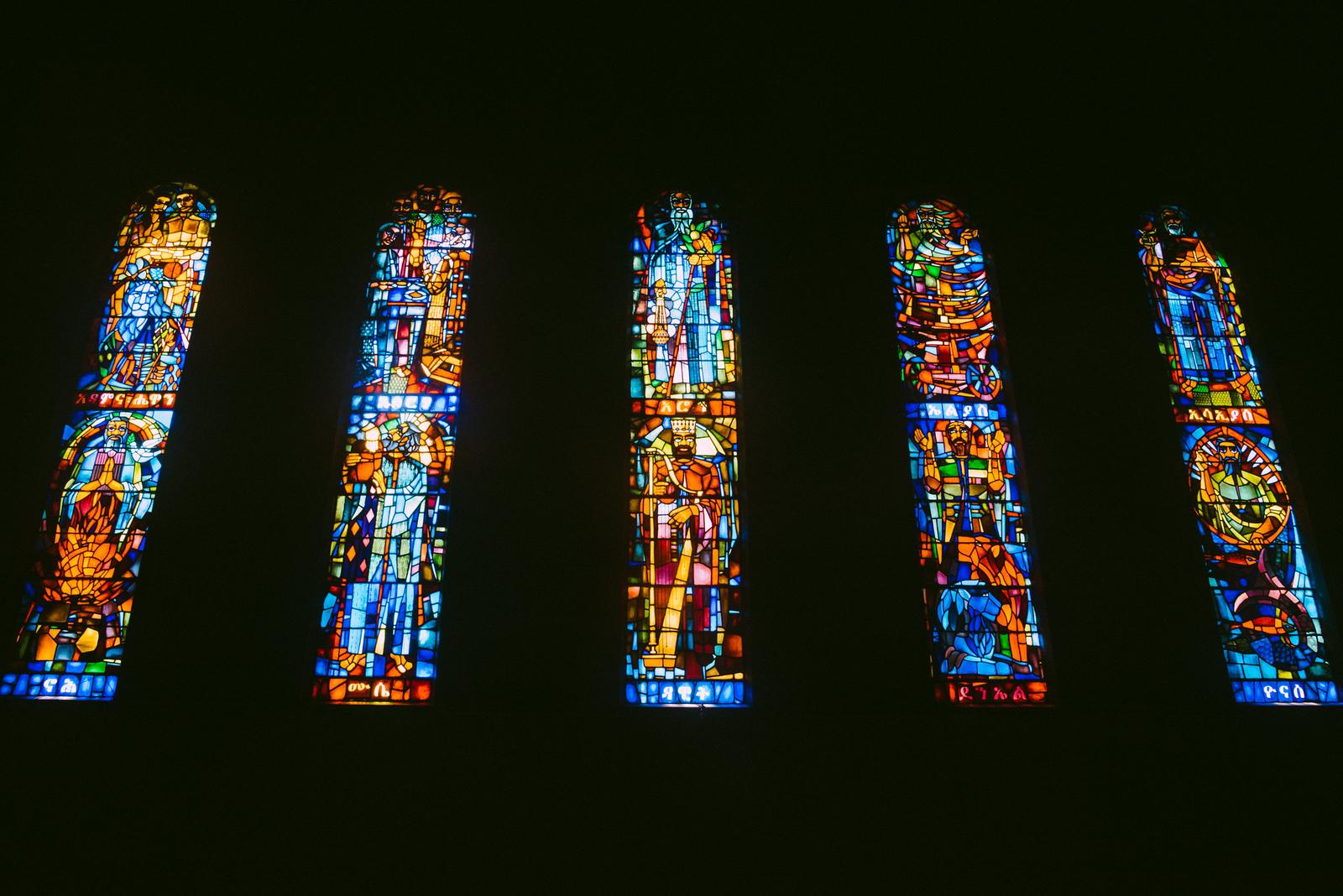

The Portuguese Bridge
The driver then took me to the Portuguese Bridge located not far from the monastery. To visit the bridge, traveller needs to enter the Ethio-German Park and walks along a pathway that offers a panoramic view over the towering canyon on one side, while the other side is dotted with cactus and aloe vera shrubs.
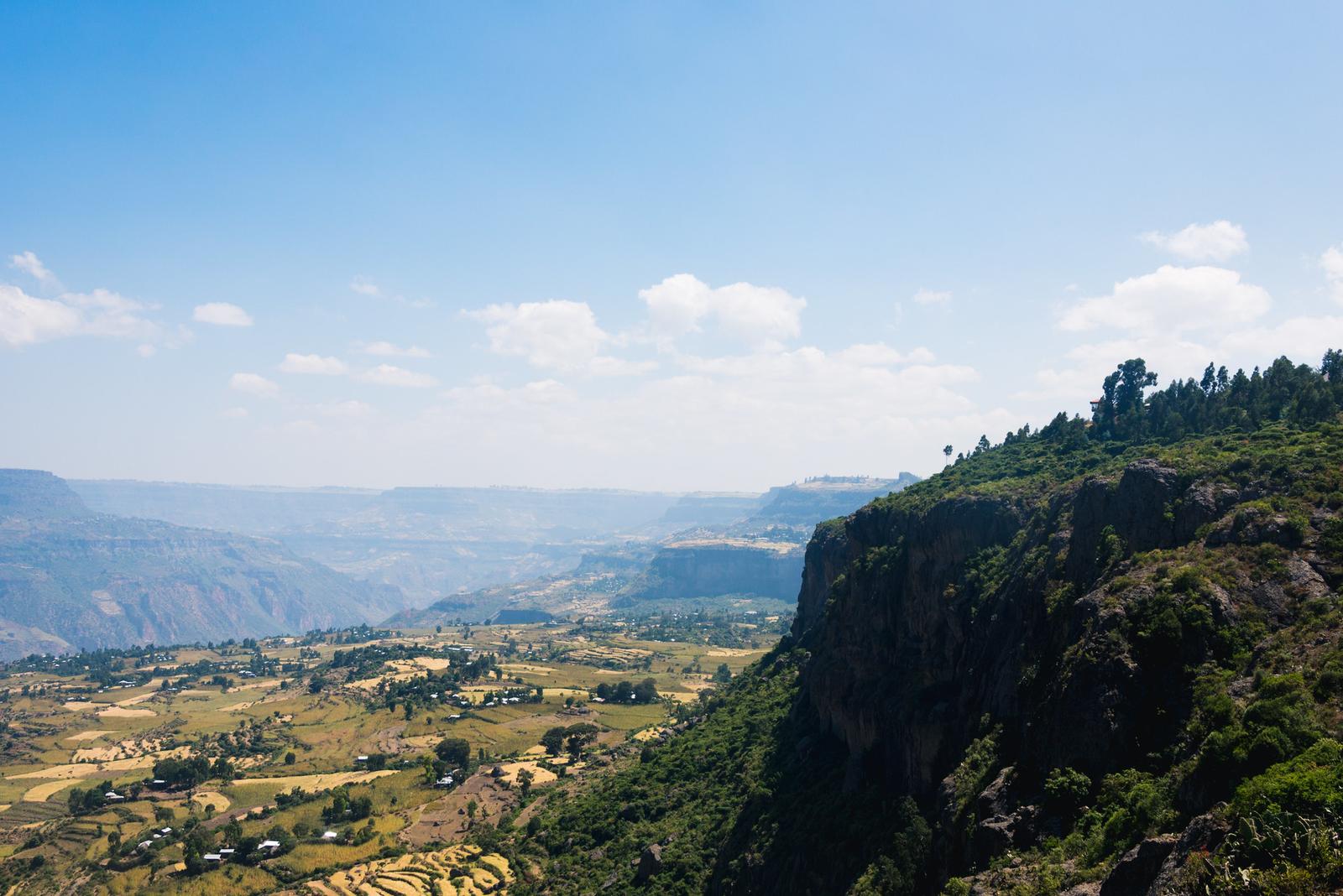
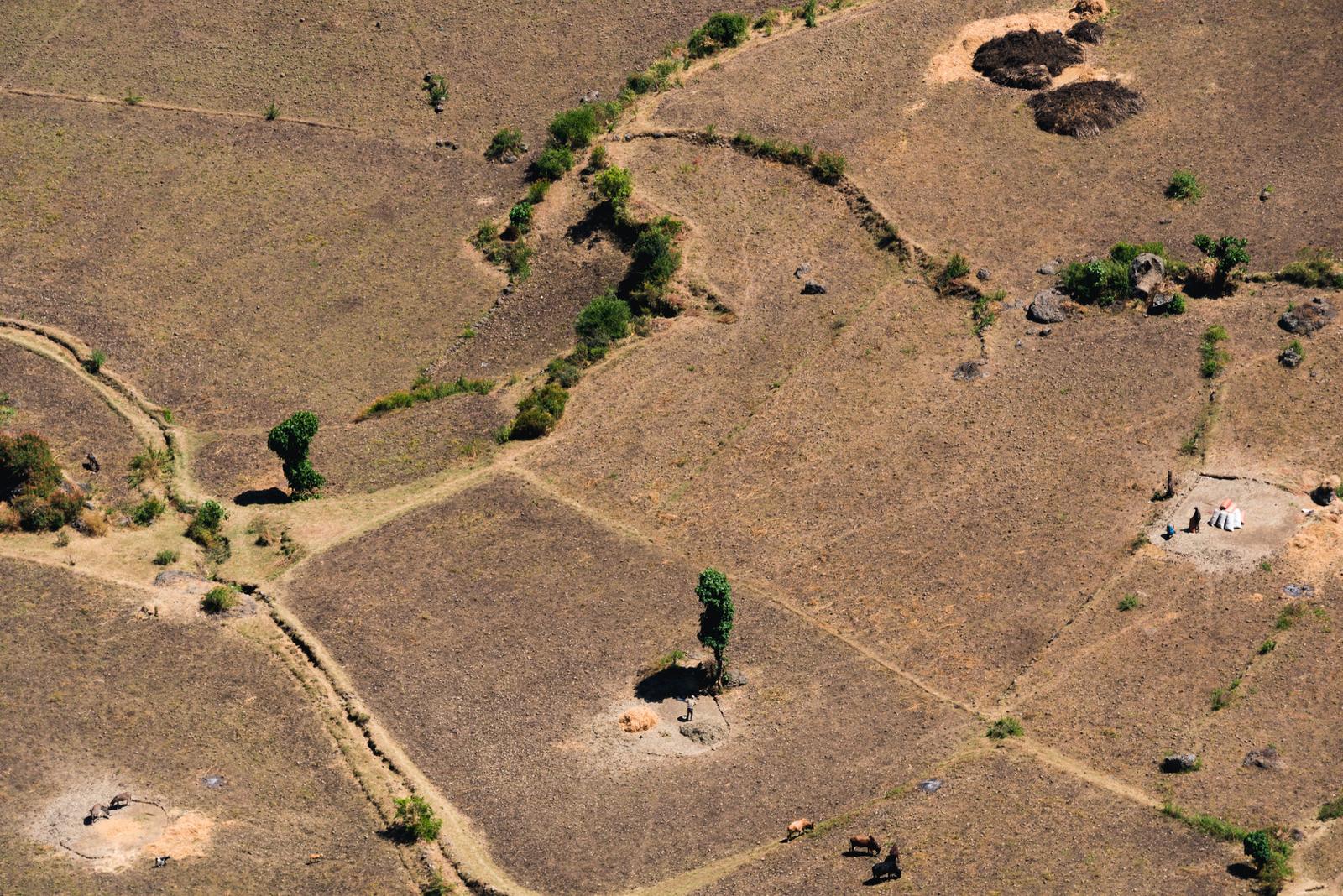


Despite its name, the bridge was actually constructed by Ethiopians themselves in the 19th century. The picturesque bridge blends into its surroundings, where situates a small waterfall and a stream flowing all the way to the Jemma River valley.


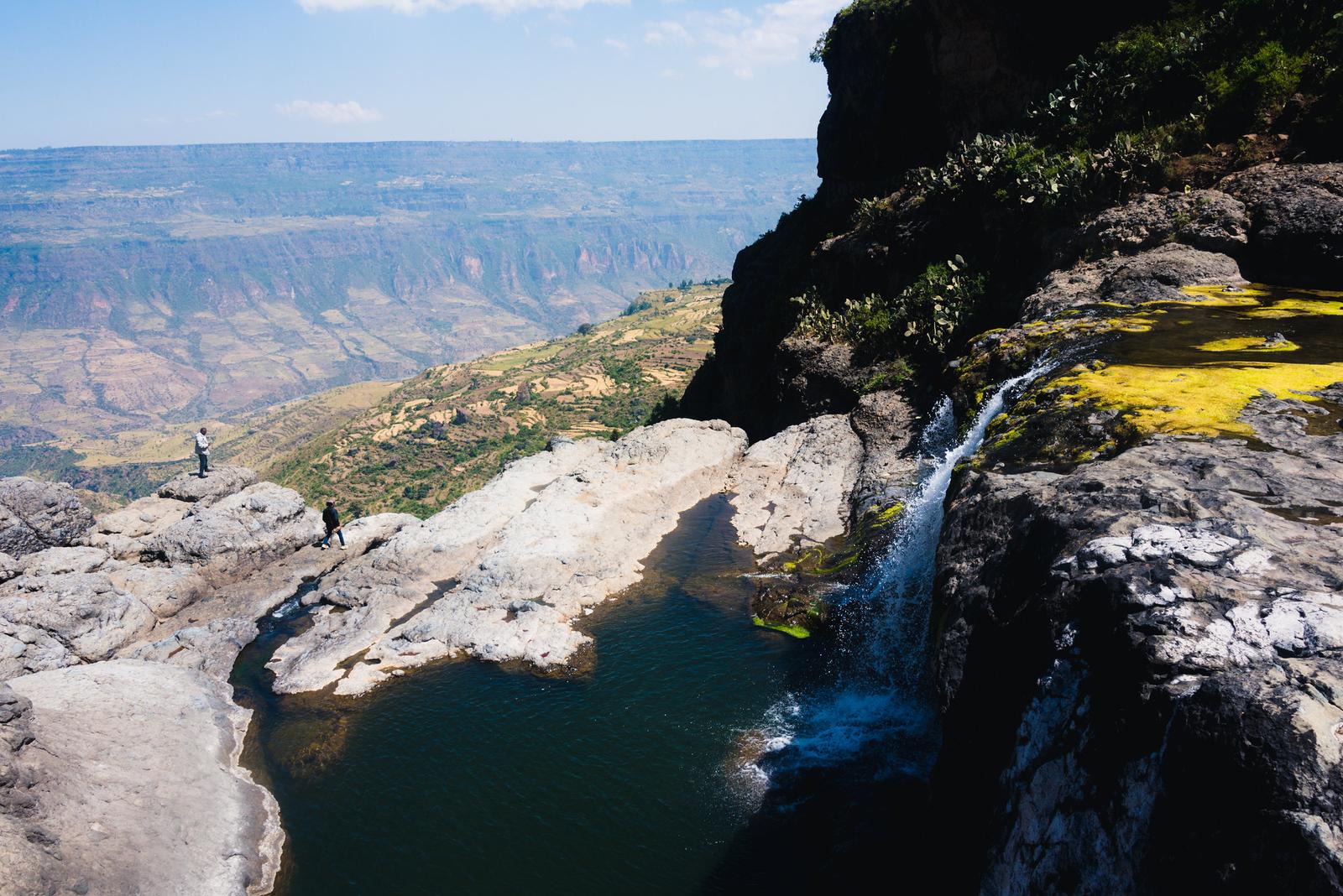
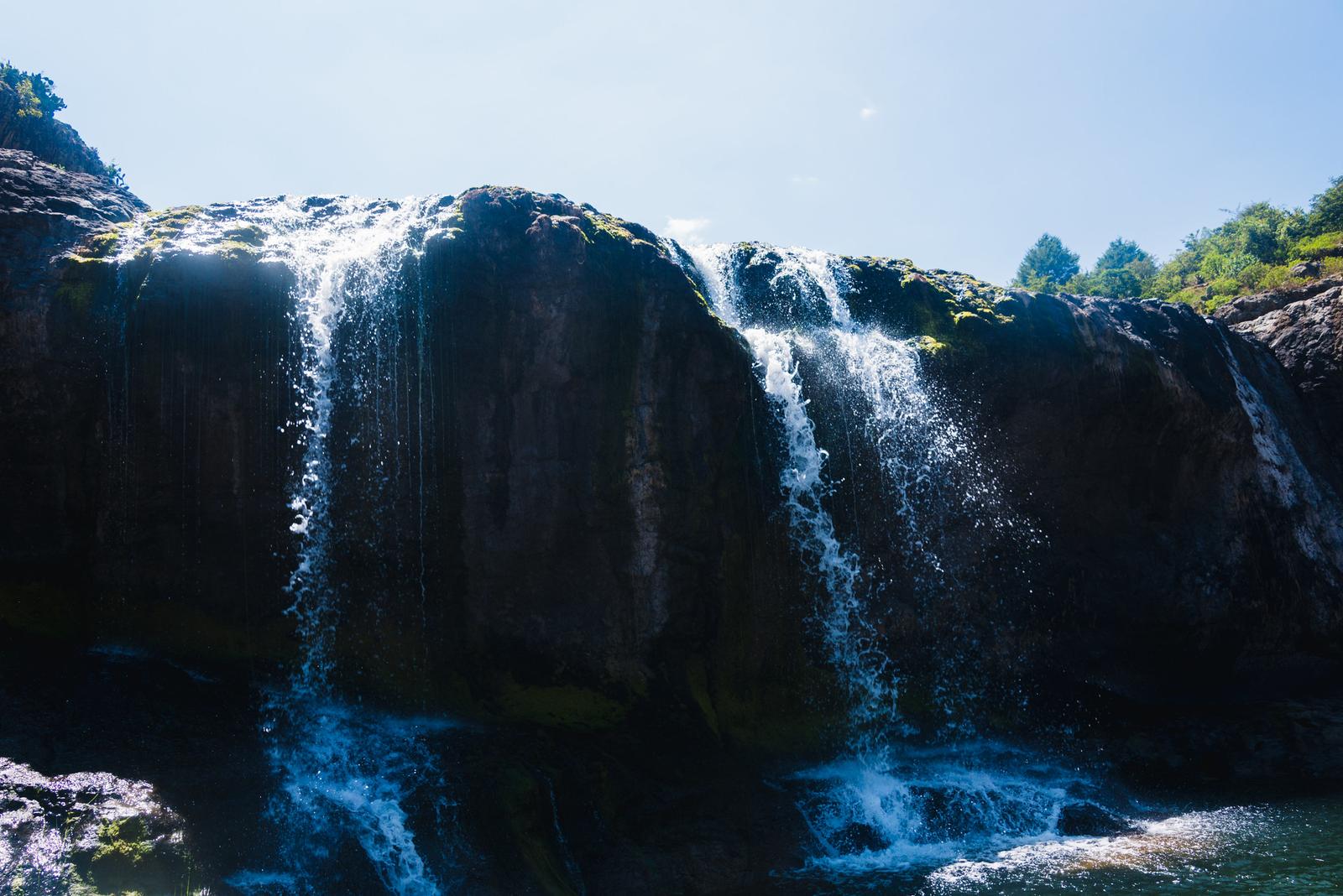
Not forgetting to mention the local Gelada baboon (Theropithecus gelada) which possesses a distinctive red skin patch on its chest resembling a bleeding heart. This type of monkey is found only in the Ethiopian highlands, and grass is their main diet.


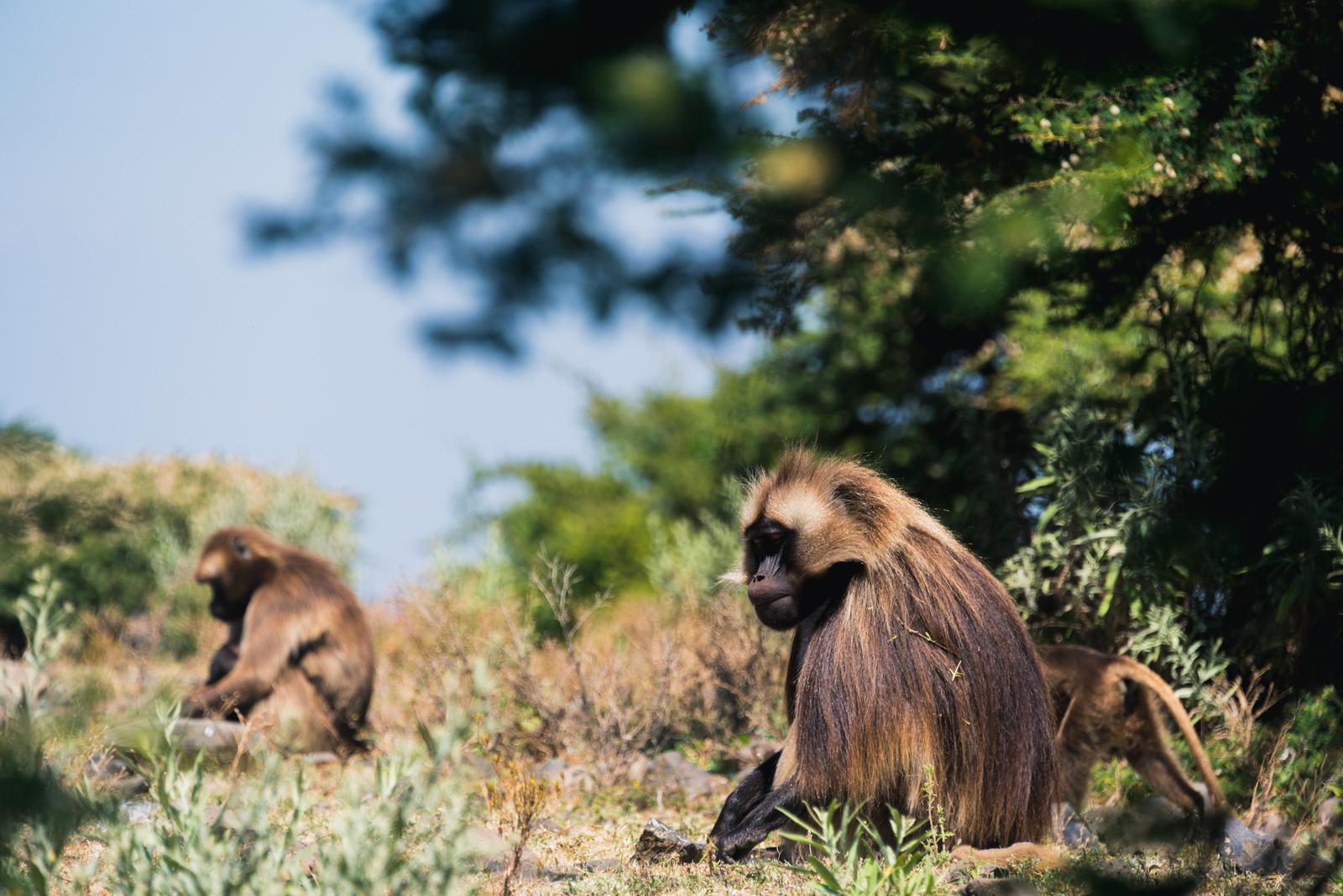
It’s lunch time and I unwillingly had Italian spaghetti at the Ethio-German Park’s restaurant. Still feeling the aftereffects of the stomachache caught in Semera, I couldn’t let myself eat too much; it’s such a regret because that lunch experience was one-in-a-million, where I could see the panoramic view of the breathtaking canyon at the front, while the chilly highland gusts were brushing against my face.


On the road back to Addis Ababa, the heavy clouds had obscured the sky. My driver pulled over to buy from the farm kids some just-harvested broad beans and ate them raw right away, the taste was similar to peanuts. It’s almost time to come back home and lazily lie on my bed after days of exhausting travel.

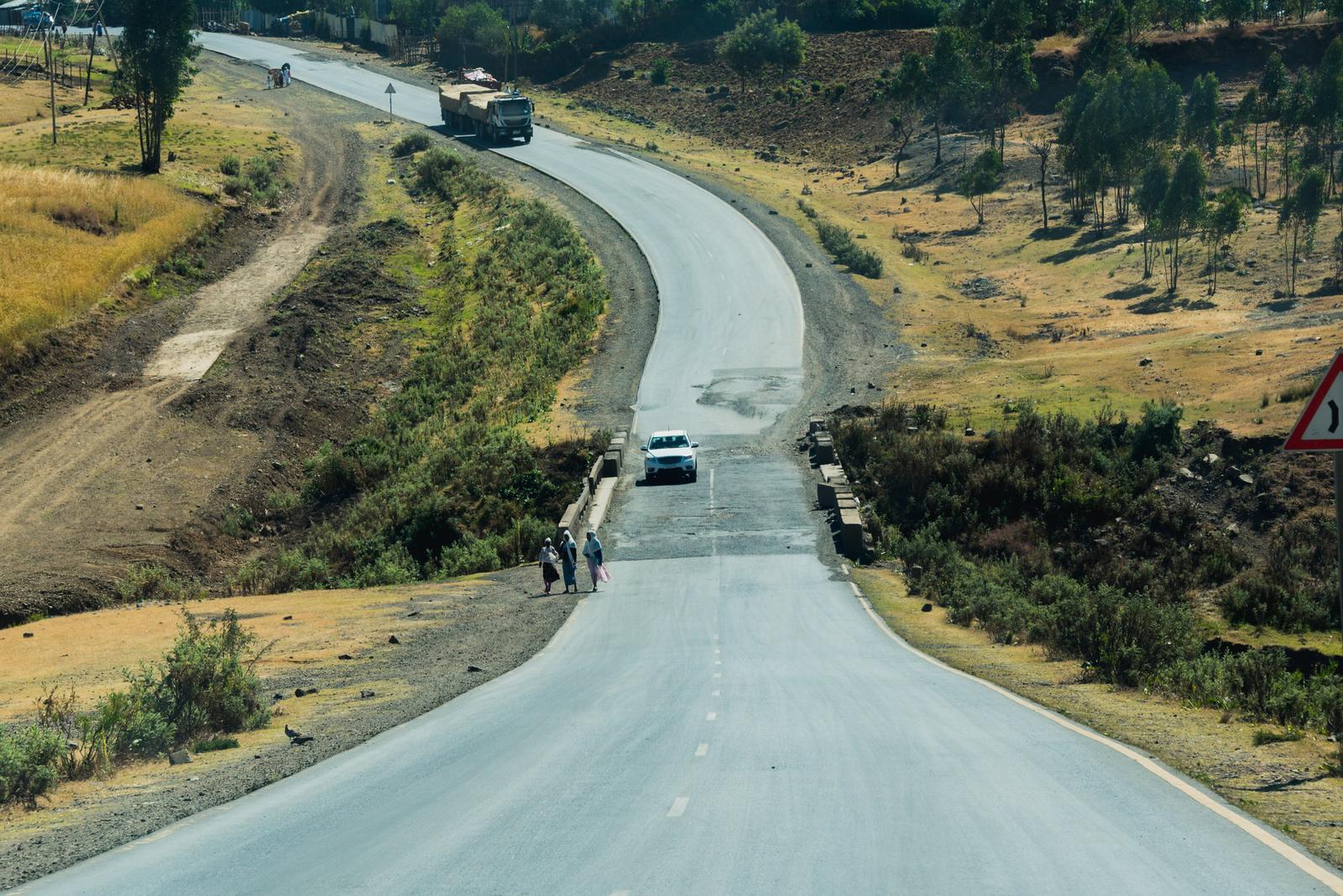

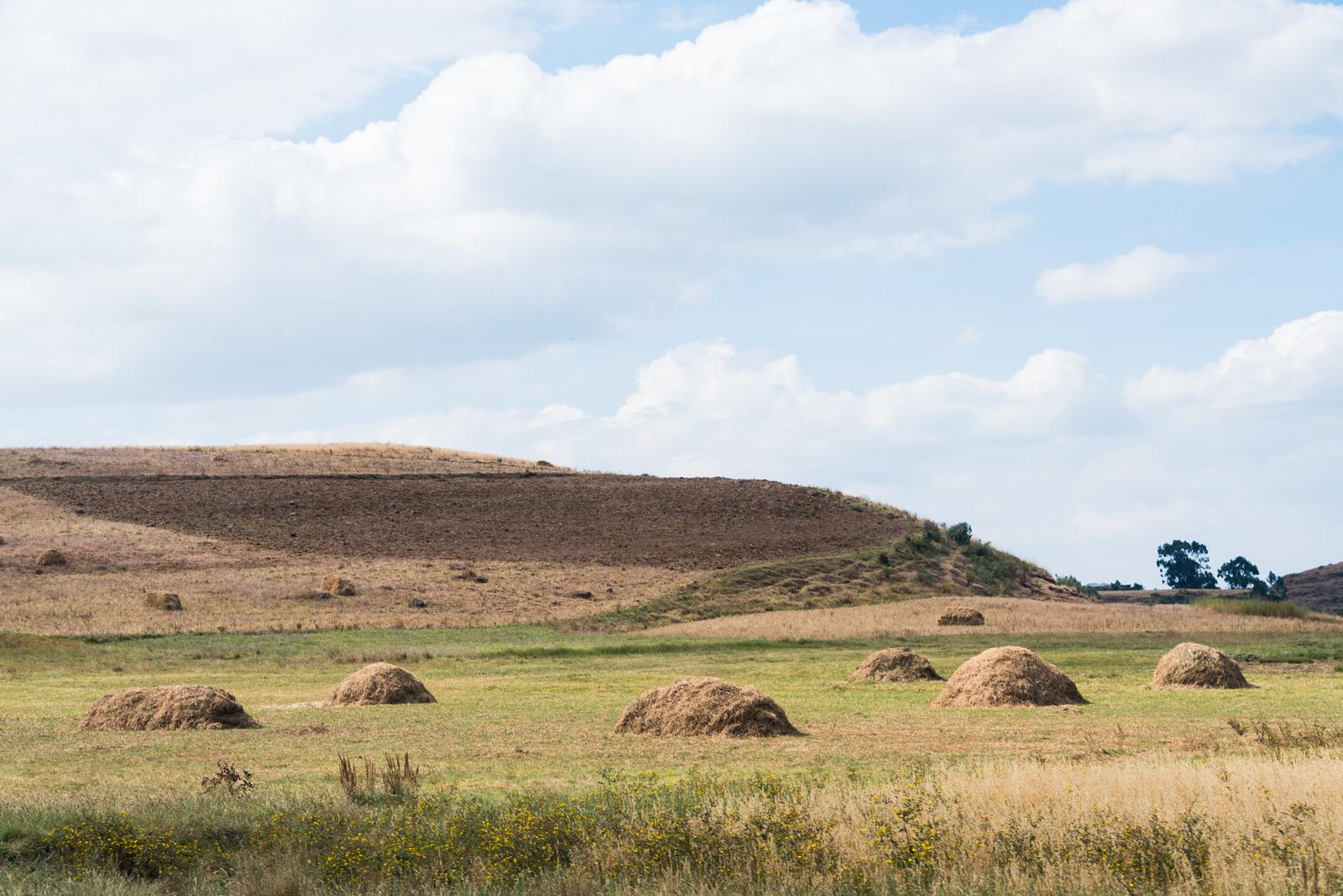
Comments
This post is a part of the Ethiopia series.
© Zuyet Awarmatik
About
Zuyet Awarmatrip is a subsidiary identity within the personal ecosystem of Zuyet Awarmatik, focusing on travel and photography.
A Vietnamese usually regarding himself as a carefree solo Eastern backpacker, alongside with his main profession as a UX engineer. Neither being a freelancer nor a digital nomad, this website is built for the purpose of recording his life experience and happenings instead of letting them go into oblivion. He hopes these photos here shall always deliver the colorfulness of this worldly reality.
As autumn fades away, it's time to come back home and reconnect with myself.

